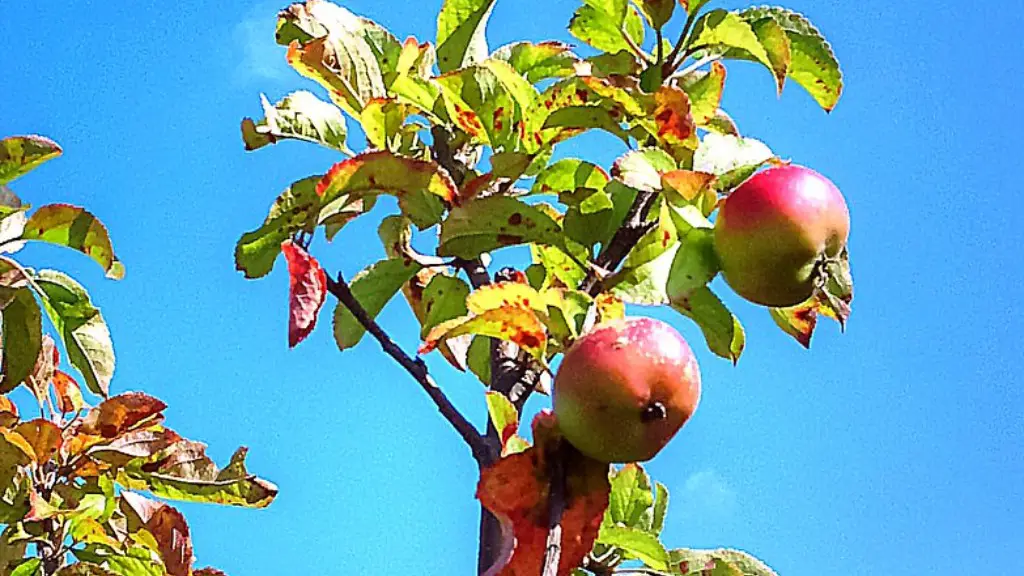Introducing Hass Avocado Tree
Avocado trees can be an attractive and delicious addition to the garden. The Hass avocado tree is a popular choice because of its deep green, thick-skinned fruit. Hass avocados have a distinctively rich flavor and a creamy texture which makes them ideal for salads, dips and sandwiches.
When it comes to how to grow a Hass avocado tree, the trick is to understand its needs. This tree requires warm temperatures, ample sun and adequate watering to get the most out of its growth potential. When these conditions are met, hass avocado trees can provide an abundance of delicious fruit for several years.
Choosing the Ideal Spot for Growing Hass Avocado Tree
Since avocado trees need plenty of sun, growers should choose the best spot for them. The ideal spot for nice thick foliage and plenty of fruit should get at least 8 hours of sun each day. Planting an avocado tree in a spot that gets too much shade will stunt the growth of the tree, resulting in small fruit that may not be usable.
The soil type should also be taken into account when planting an avocado tree. Though it is a tropical fruit tree, it can grow in neutral to acidic pH soils. The best soil should be able to retain moisture, but it should also be well-drained. It’s important to make sure the roots do not become water-logged, which can cause the avocado tree to develop root rot.
Caring for Hass Avocado Tree
Once the tree is planted in the ideal spot, it should be kept in a cool but sunny location. An avocado tree needs temperatures between 60 and 80 degrees Fahrenheit. It’s also important to note that avocados are particularly vulnerable to cold, so winter temperatures should be monitored to make sure the tree does not freeze.
Hass avocado trees have moderate water requirements and should be watered regularly, including during summer months. Deep, infrequent waterings are the most effective way to keep the tree hydrated. Regular fertilizing is also important as it helps keep the tree healthy and energized. The tree should also be pruned regularly to reduce number of branches and improve air circulation.
Ripening and Harvesting Hass Avocado Tree
It takes about 3 to 4 years for an avocado tree to flower, and the fruit is usually ready for harvest in late summer or early fall. The Hass avocado’s thick skin makes it easily identifiable, and when ripe, the skin should be slightly soft to the touch. To harvest, the fruit should be gently twisted, and it should come off without difficulty.
To ensure maximum freshness, the avocado should be stored in the refrigerator. Refrigeration inhibits the ripening process, so the fruit can last up to a month when stored properly. The fruit can also be frozen for later use.
Benefits of Hass Avocado Tree
Hass avocados are packed with nutrition and offer many health benefits. They are rich in fibre and oleic acid, a healthy monounsaturated fatty acid that can help lower cholesterol levels and reduce the risk of heart disease. Hass avocados are also an excellent source of vitamins and minerals, particularly vitamin A and vitamin C.
The Hass avocado tree is also beneficial to the environment. As they grow, they use up CO2 and produce oxygen, and their dense leaves provide protection from strong summer heat and other environmental changes.
Common Problems of Growing Hass Avocado Tree
Growing Hass avocados can be challenging, and there are some things that growers should be aware of, such as pests and diseases. The most common pest is the avocado lace bug, which feeds on the leaves and stems of the tree and causes yellowing or wilting of the leaves. Diseases such as root rot and avocados can also occur if the tree is not well-tended.
Growers in colder climates should be especially mindful of cold weather. If temperatures drop too low the tree can suffer from frost damage. Severe freeze events may even cause the tree to die, so it is important to be prepared with extra insulation and protection if cold temperatures are a concern.
Insect Controls
To prevent insects from attacking the tree, a regular program of insect control should be implemented. Insecticides such as neem oil, Spinosad and pyrethrin can be used on any pest that may attack the tree, including aphids, mites and scale. For scale, horticultural oil can also be used to suffocate the pests and help prevent further infestations.
Staving Off Diseases
To avoid diseases, it’s important to make sure the tree is well-watered and fertilized. If the soil is too wet, this can attract disease organisms and cause root rot. Regular pruning can also reduce the chances of disease, as it keeps air circulation high and improves sunlight penetration.
Propagating Hass Avocado Tree
One of the joys of growing an avocado tree is being able to propagate the tree, allowing it to be shared and passed down through generations. Propagating a Hass avocado tree is as easy as taking a cutting and planting it in moist, well-draining soil. The tree should be watered regularly and can be planted in a container for easy transporting or transplanting later.
With the right conditions, a Hass avocado tree can bring joy and fresh fruit for many years. With proper care, it can be a truly rewarding long-term investment and a source of delicious food for the entire family.

